Forecast for the Logan Area Mountains

Issued by Toby Weed on
Monday morning, April 1, 2024
Monday morning, April 1, 2024
Heightened avalanche conditions exist in the backcountry, and the danger is MODERATE. People could trigger soft wind slab avalanches 1 to 2 feet thick in drifted mid and upper-elevation terrain. Partly sunny skies and warming temperatures today will elevate the potential for loose wet avalanches of saturated new snow on slopes steeper than 30°.
Evaluate the snow and terrain carefully

Low
Moderate
Considerable
High
Extreme
Learn how to read the forecast here



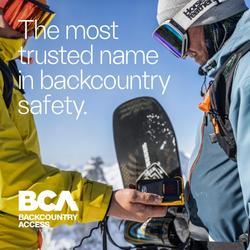
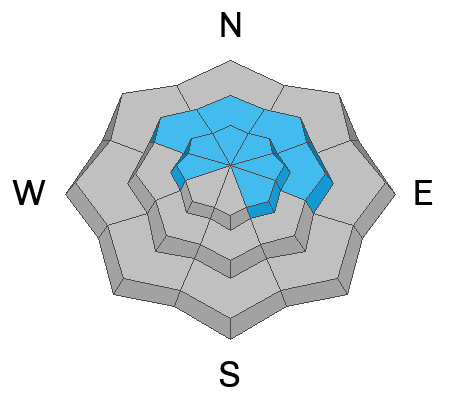
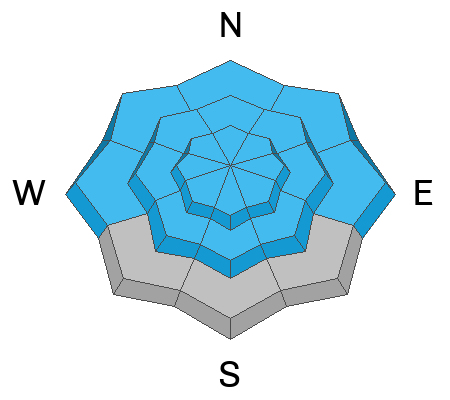
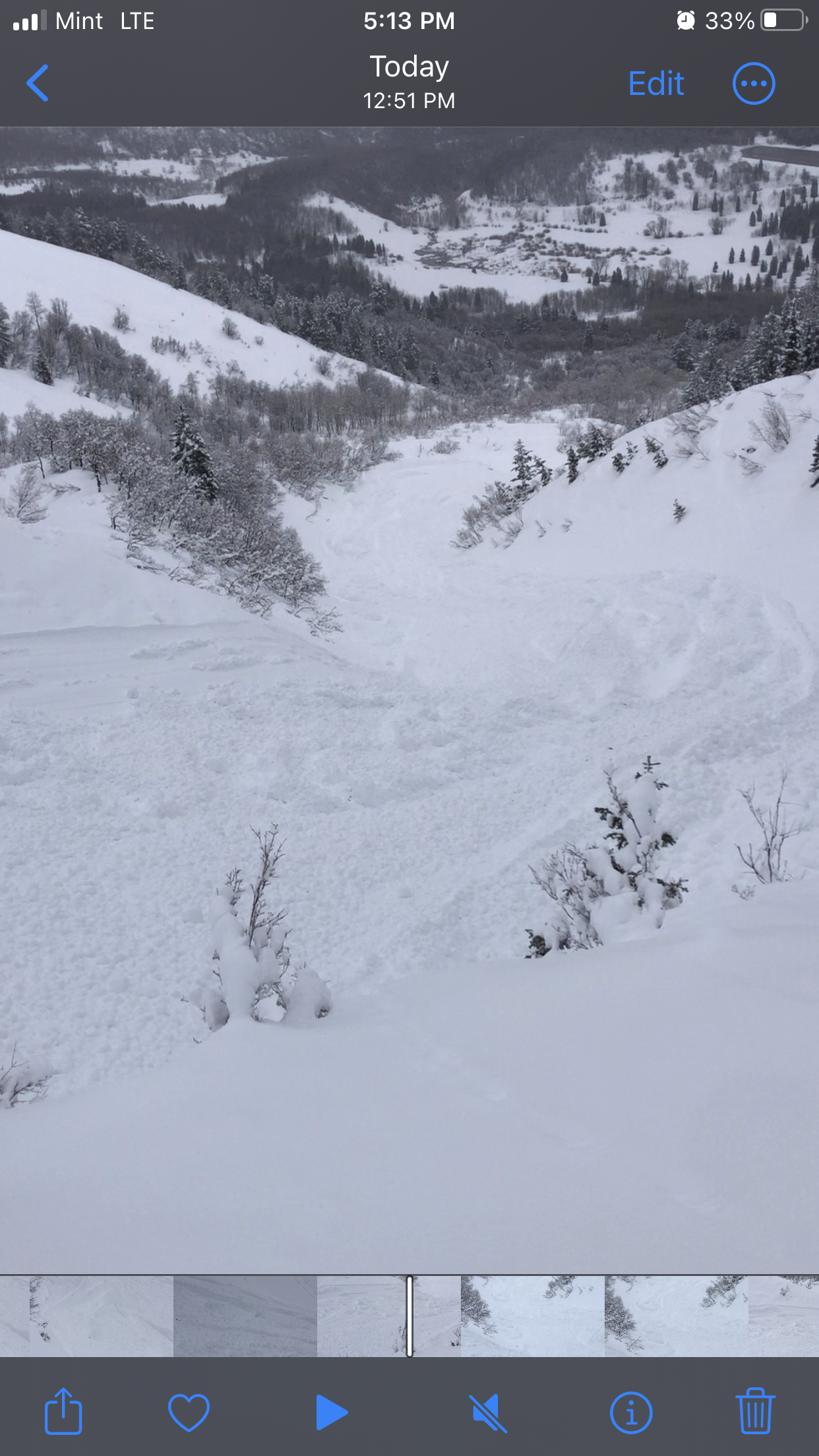
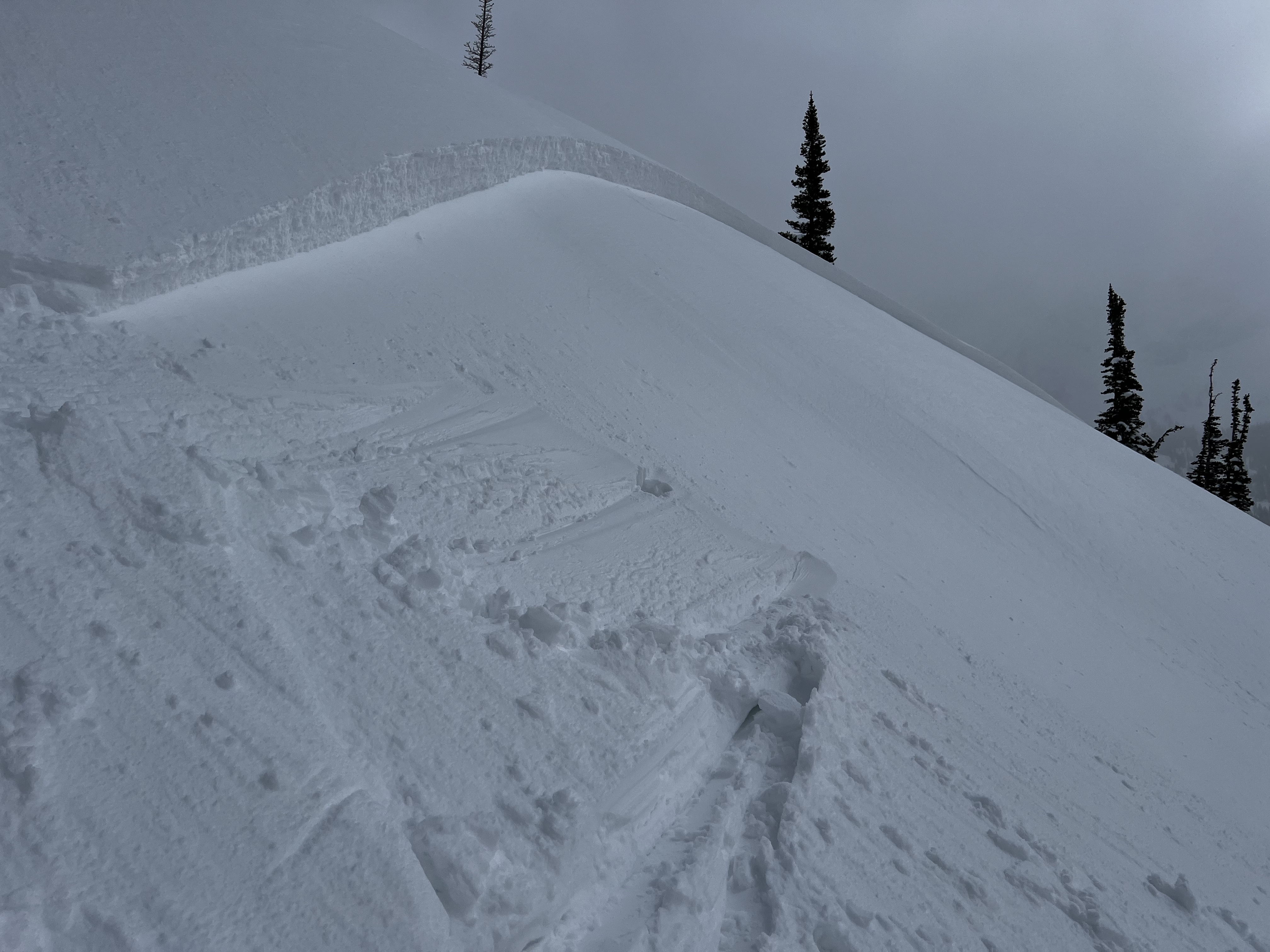 Yesterday afternoon, a UAC avalanche forecaster unintentionally triggered a soft wind slab avalanche on a cross-loaded west-facing slope at around 10,000' in the Wasatch Range above Salt Lake City.
Yesterday afternoon, a UAC avalanche forecaster unintentionally triggered a soft wind slab avalanche on a cross-loaded west-facing slope at around 10,000' in the Wasatch Range above Salt Lake City.